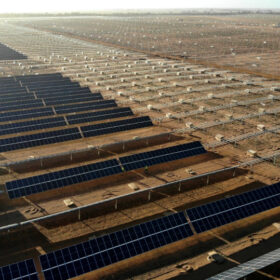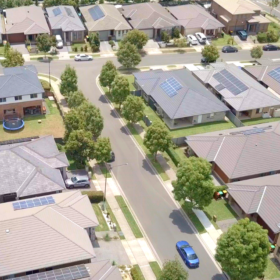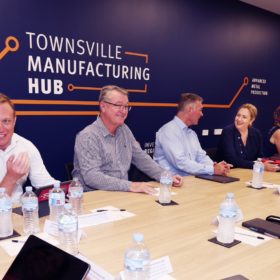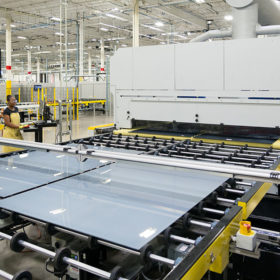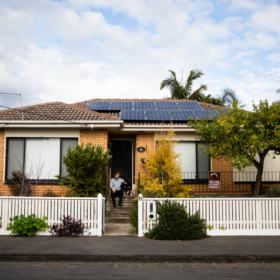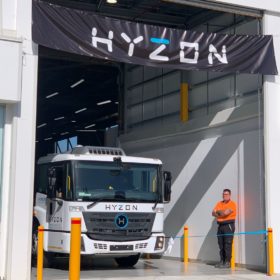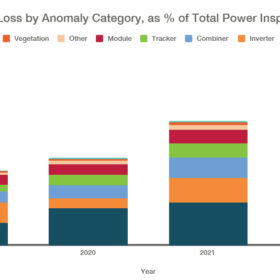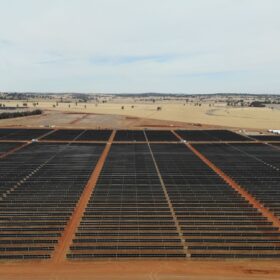CEC warns pace must pick up as renewables investment hits $4.3 billion
Investment in financially committed large-scale renewable energy generation and storage projects in Australia ramped up in the final three months of 2022 to its highest level in more than four years but the Clean Energy Council has warned the pace remains inadequate.
CleanCo to transform old coal-fired power precinct into green energy hub
Queensland government-owned renewable energy corporation CleanCo has unveiled plans to transform the former coal-fired Swanbank power precinct in the state’s southeast into a clean energy hub with the potential to generate up to 1.2 GW of clean energy.
Solar power can cut living costs, but it’s not an option for many people – they need better support
As the cost of living soars, many Australian households are turning to rooftop solar to cut their energy costs. A Pulse of the Nation survey last month showed about 29% of Australians have installed or are considering installing solar panels on their homes. The same survey shows one in five Australians can’t afford to adequately heat or cool their homes.
Vecco plans ‘Australian first’ vanadium electrolyte manufacturing facility
Australian resources developer Vecco Group has secured state government backing to build a $26 million (USD 17 million) vanadium electrolyte manufacturing facility in the north Queensland city of Townsville with production set to be used in grid-scale vanadium flow battery projects.
Solar’s growing demand for drone-based aerial inspection and data analysis
United Kingdom-based Above’s founder and CEO Will Hitchcock sits down with pv magazine to discuss the solar industry’s growing demand for drone-based aerial inspection and data analysis, the game changing utility of digital twins, and what the future holds for autonomous drone programs.
Reviewing the US solar panel value chain manufacturing capacity in light of IRA
From polysilicon to panels through recycling, how much domestic capacity does the US have?
Green loans spike as government supports new home loan program
The Bendigo Bank has reported a massive 600% spike in customers accessing green loans in the last year. The news comes just after the federal government’s green bank paired up with the Commonwealth Bank to begin offering builders and renovators working to high energy efficiency standards reduced rates on their home loans.
Next acquisitions for Octopus Australia’s new investment platforms revealed
The investment platforms from Octopus Investments Australia are set to acquire three new projects in the coming months in Queensland, Victoria, and New South Wales. Launched in 2022, the OREO and OASIS platforms “allow wholesale investors and mums and dads to invest alongside big institutional investors and get access to big projects in Australia,” Managing Director Sam Reynolds told pv magazine Australia.
Locally built hydrogen tow trucks to be hauling in Victoria from this year
Hydrogen truck maker Hyzon has launched what is being hailed as Australia’s first locally designed and built hydrogen-powered truck at its regional headquarters in Melbourne. The 27-tonne truck is hitting Australian roads in a series of commercial trials this year, including as part of a longterm partnership with RACV, which has ordered three tow trucks.
Raptor Maps points to growing problem of PV system underperformance
Raptor Maps analysed 24.5 GW of large-scale solar assets and determined that power losses due to equipment anomalies nearly doubled from 1.61% in 2019 to 3.13% in 2022. At the module level, cell and diode anomalies were the most common issues, it said.
